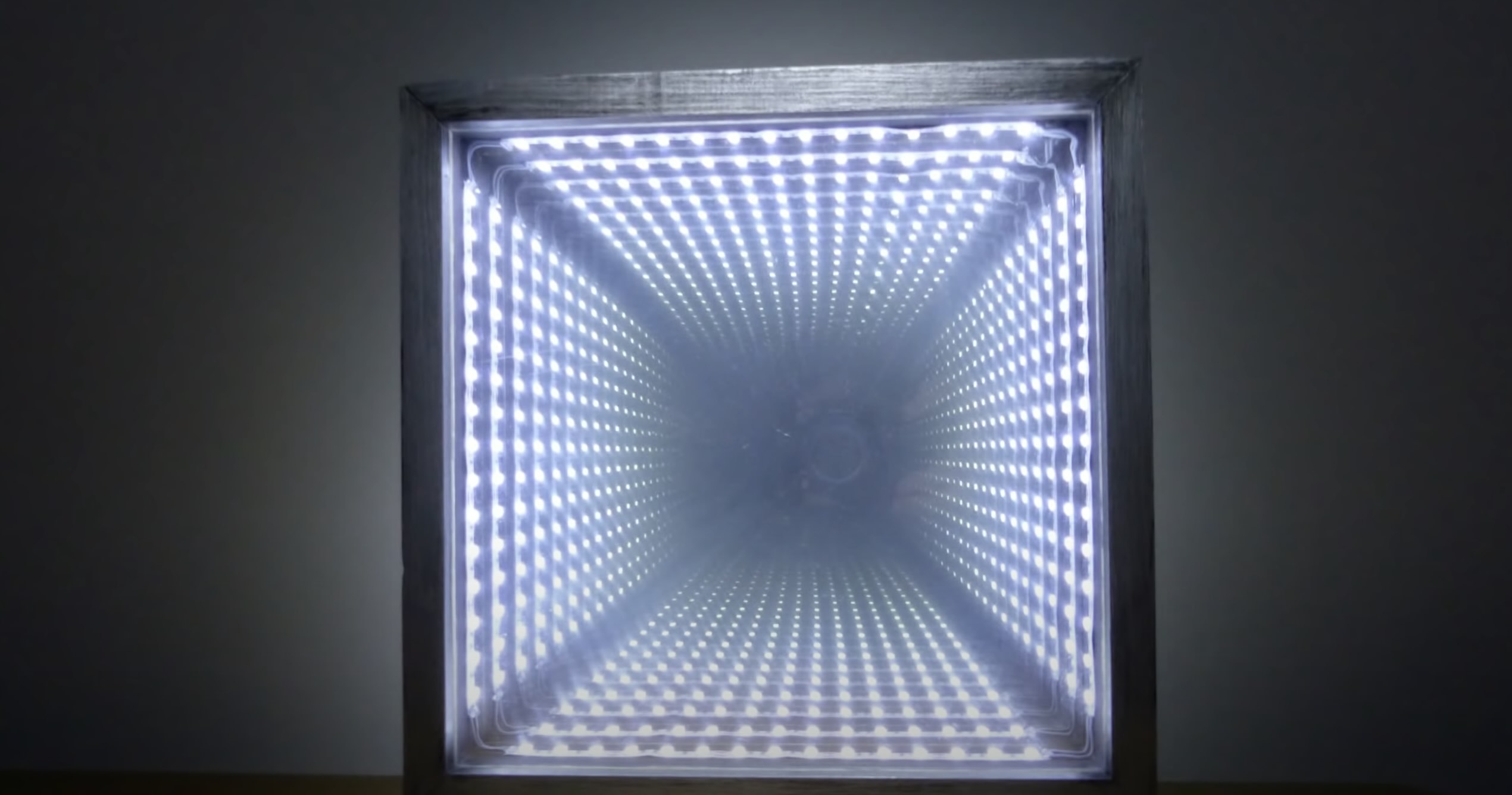

Articles
How Do Infinity Mirrors Work
Modified: January 19, 2024
Discover the mesmerizing world of infinity mirrors with our insightful articles. Explore how these optical illusions work and create stunning visual effects.
(Many of the links in this article redirect to a specific reviewed product. Your purchase of these products through affiliate links helps to generate commission for Storables.com, at no extra cost. Learn more)
Introduction
Infinity mirrors are mesmerizing creations that have gained immense popularity in recent years. These captivating artworks create the illusion of infinite depth and seem to transport viewers into a never-ending space. But have you ever wondered how these enchanting mirrors work?
In this article, we will delve into the fascinating world of infinity mirrors, exploring their history, basic principles, construction, and applications. From their humble beginnings to the modern innovations, we will uncover the secrets behind the magic of these optical marvels.
Whether you have encountered an infinity mirror in an art installation, a museum exhibit, or even in your own home, understanding the inner workings of these captivating pieces is sure to deepen your appreciation for their beauty and ingenuity. So, let’s embark on this journey together and uncover the mysteries behind infinity mirrors.
Key Takeaways:
- Infinity mirrors, with their illusion of boundless space, have evolved from art installations to therapeutic applications and even social media. Their versatility and captivating nature continue to inspire creativity and innovation.
- Despite challenges like optical distortions and power consumption, artists and designers push the boundaries of infinity mirrors with multidimensional designs, interactive elements, and modern innovations, captivating audiences with their imaginative creations.
Read more: How Do Mirrors Work
History of Infinity Mirrors
The concept of infinity mirrors can be traced back to the early 1960s when the Japanese artist Yayoi Kusama introduced the world to her groundbreaking artwork using mirrors and lights. Kusama’s innovative use of mirrored surfaces and carefully placed lights created the illusion of infinite space, captivating audiences with their mesmerizing visual effects.
Throughout the years, Kusama continued to experiment and refine her technique, creating larger and more elaborate infinity mirror installations. Her work gained international recognition and played a significant role in popularizing the concept of infinity mirrors in the art world.
In the 1970s, American artists such as Lucas Samaras and James Turrell also began exploring the possibilities of infinity mirrors in their respective artworks. Samaras incorporated mirrors and lights to create immersive environments, blurring the boundaries between reality and illusion, while Turrell experimented with light and space to create transcendental experiences for viewers.
As the concept of infinity mirrors gained traction, it started to extend beyond the realm of art. In the late 20th century, infinity mirrors found their way into commercial applications, such as entertainment venues, bars, and clubs. These installations added a captivating visual element to various venues, enhancing the ambiance and creating a sense of wonder among visitors.
With the advent of technology and the rise of DIY culture, infinity mirrors became more accessible to the general public. Enthusiasts and hobbyists started creating their own smaller versions of infinity mirrors, experimenting with different sizes, shapes, and lighting configurations.
Today, infinity mirrors have become a staple in art exhibitions around the world, with artists pushing the boundaries of creativity and incorporating innovative techniques and technology into their installations. From large-scale immersive experiences to tabletop versions that fit in the palm of your hand, infinity mirrors continue to captivate audiences and leave them in awe of the infinite possibilities they offer.
In the next section, we will explore the basic principles that make the magic of infinity mirrors possible.
Basic Principles of Infinity Mirrors
At the core of every infinity mirror is the principle of multiple reflections. By strategically placing mirrors and lights within a confined space, the illusion of infinite depth is created. Let’s dive deeper into the basic principles that bring these captivating mirrors to life.
The first key component of an infinity mirror is the two-way mirror, also known as a one-way mirror. These mirrors are partially reflective, allowing some light to pass through while reflecting the rest. One side of the mirror is coated with a thin layer of metal, creating the reflective surface, while the other side remains transparent.
The second important element is the light source. LED lights are commonly used in infinity mirrors due to their small size, low power consumption, and vibrant colors. The lights are precisely positioned between the two-way mirrors, ensuring that the reflections are evenly distributed and create the desired effect.
When the lights are turned on, they illuminate the space between the two-way mirrors, causing the light to bounce back and forth between them. With each reflection, the light gets dimmer due to the partially reflective nature of the mirrors. This creates the illusion of depth as the reflections seem to recede into an infinite distance.
The placement of the mirrors is critical in achieving the desired effect. They must be precisely aligned and positioned parallel to each other to create a seamless and continuous reflection. Any deviation in the alignment can disrupt the illusion and compromise the overall effect.
Furthermore, the size and shape of the mirror enclosure play a crucial role. The enclosure should be designed to minimize the escape of light and prevent external sources from interfering with the reflections. This ensures that the infinite effect remains intact and enhances the visual impact of the mirror.
Additionally, the choice of colors used in the LED lights can greatly influence the overall aesthetic of the infinity mirror. Vibrant and contrasting colors can create a more dynamic and eye-catching display, while softer and harmonious colors can evoke a sense of tranquility.
Now that we have explored the basic principles behind infinity mirrors, let’s delve into the construction and components that go into creating these mesmerizing artworks.
Construction and Components
The construction of an infinity mirror involves several key components that work together to create the illusion of infinite depth. Let’s take a look at the construction process and the components involved.
The first step in constructing an infinity mirror is to select the appropriate size and shape for the mirror enclosure. This enclosure serves as the frame that holds all the components together and defines the overall look of the mirror. Common shapes include squares, rectangles, and circles, but artists and DIY enthusiasts often explore various unique designs to add a touch of creativity.
One of the crucial components of an infinity mirror is the two-way mirror. This partially reflective mirror is typically made of glass or acrylic, coated with a thin layer of metal or reflective film on one side. It acts as the surface that reflects light and creates the infinite effect.
Another essential element is the LED lights. These lights are strategically placed between the two-way mirrors, illuminating the space and creating the reflections. LED lights offer a wide range of color options and are energy-efficient, making them ideal for infinity mirror installations.
In addition to the basic components, other materials and tools are required for the construction. These may include adhesives, such as glue or double-sided tape, to secure the mirrors and lights in place. Wiring and connectors are used to connect the LED lights and power source, ensuring a stable and consistent lighting effect.
Artists and enthusiasts often incorporate additional elements to enhance the visual impact of the infinity mirror. These can include decorative items or artworks placed within the mirror enclosure to add depth and interest. Some designs even incorporate moving parts, such as rotating LED lights or motorized elements, to create dynamic and ever-changing visual effects.
The construction process typically involves carefully positioning the two-way mirrors inside the enclosure and securing them in place. LED lights are then installed between the mirrors, ensuring uniform distribution and coverage. The wiring is connected, and the power source is added to bring the lights to life.
Once the construction is complete, the final step is to test and fine-tune the infinity mirror. This involves adjusting the position, alignment, and intensity of the lights to achieve the desired visual effect. It may require some experimentation and tweaking to achieve the perfect balance between reflections and light intensity.
Now that we understand the construction process and components involved in creating an infinity mirror, let’s explore the fascinating world of reflection and light manipulation that makes these mirrors truly captivating.
Reflection and Light Manipulation
Reflection and light manipulation play a crucial role in creating the mesmerizing effects of infinity mirrors. By understanding how these principles work, we can gain a deeper appreciation for the intricate beauty of these mirrors.
When light hits a surface, it can be either absorbed, transmitted, or reflected. In the case of an infinity mirror, the partially reflective surface of the two-way mirror allows some light to pass through while reflecting the rest.
The light source, typically LED lights, illuminates the space between the mirrors. As the light encounters the partially reflective surface, some of it passes through to the other side, while the rest is reflected back. This creates a continuous cycle of light bouncing back and forth between the mirrors.
With each reflection, the light diminishes in intensity due to the partially reflective nature of the mirrors. This causes the reflections to appear fainter and creates the illusion of depth. The multiple reflections give the impression that the mirror extends infinitely into space.
Artists and designers often play with different angles and positions of the light source to manipulate the reflections and create unique visual effects. By adjusting the placement of the lights, they can create patterns, gradients, and even illusions of movement within the infinity mirror.
In addition to the manipulation of reflection and light, artists also experiment with different colors to evoke specific moods and emotions. By using LED lights of various hues, a vibrant and dynamic visual display can be achieved. Some designs even incorporate color-changing LEDs, allowing for a mesmerizing interplay between different shades and tones.
Reflection and light manipulation in infinity mirrors are not limited to a single direction. Artists and enthusiasts often explore multidimensional designs, incorporating mirrors on multiple sides to create a more immersive and 360-degree experience. These multidimensional infinity mirrors enhance the feeling of being surrounded by an infinite space, captivating viewers from all angles.
It’s important to note that the perception of the infinite effect in an infinity mirror can also be influenced by the viewer’s position and perspective. As viewers move and change their angle of view, the reflections and depth perception can vary, adding an interactive aspect to the experience.
The combination of reflection and light manipulation in infinity mirrors creates a visually stunning and immersive experience. The interplay between the mirrors, lights, and colors results in an illusion of boundless depth, captivating audiences and drawing them into a mesmerizing world.
Now that we have explored the intricacies of reflection and light manipulation, let’s dive into the creative process and the artistry behind creating the infinite effect in infinity mirrors.
The illusion of infinity in infinity mirrors is created by placing two parallel mirrors facing each other, with a partially reflective mirror in between. This creates a seemingly endless reflection of light between the two mirrors.
Read more: How Do Fogless Mirrors Work
Creating the Infinite Effect
The infinite effect in infinity mirrors is the result of a careful combination of craftsmanship, artistic vision, and technical precision. Let’s explore the process behind creating this captivating effect that transports viewers into an illusion of endless space.
One of the key elements in creating the infinite effect is the careful positioning and alignment of the two-way mirrors. These mirrors need to be placed parallel to each other with great precision to ensure a seamless and continuous reflection. Even the slightest deviation can disrupt the illusion and compromise the effect.
The size and shape of the mirror enclosure also play a role in creating the infinite effect. By selecting the appropriate dimensions, artists can control the perception of depth and the extent of the reflections. Larger enclosures tend to create a more expansive and immersive experience, while smaller ones can offer a more intimate and concentrated effect.
The lighting setup is critical in achieving the desired infinite effect. The placement of LED lights between the mirrors should be carefully planned to ensure even coverage and distribution of light. Artists often experiment with different positions and angles to create unique visual patterns and gradients within the reflections.
Color selection is another important aspect in creating the infinite effect. Vibrant and contrasting colors can enhance the visual impact and create a dynamic display. Soft and harmonious colors, on the other hand, can evoke a sense of tranquility and serenity. Artists often play with color combinations to achieve the desired mood and atmosphere within the mirror.
The overall aesthetic appeal of an infinity mirror is also influenced by the surrounding environment. The ambient lighting in the room should be considered to prevent any external light sources from interfering with the reflections. Controlling the ambient lighting can help enhance the contrast and intensity of the infinite effect.
Artists and designers also explore additional creative elements to enhance the infinite effect. This may include incorporating other materials, textures, or objects within the mirror to add depth and interest. The juxtaposition of these elements with the infinite reflections can create a captivating visual experience.
Throughout the creative process, experimentation is key. Artists often iterate and refine their designs to achieve the desired infinite effect. They carefully study the interplay between light, reflection, and perception to create the optical illusion that transports viewers into a world of endless space.
Ultimately, the creation of the infinite effect in an infinity mirror requires a delicate balance of artistic vision and technical expertise. It is the result of meticulous craftsmanship combined with a deep understanding of light, reflection, and human perception. The ability to create an awe-inspiring and immersive experience is what makes infinity mirrors such captivating works of art.
Now that we understand the process behind creating the infinite effect, let’s explore the various applications and artistic uses of infinity mirrors.
Applications and Artistic Uses
The enchanting and mesmerizing nature of infinity mirrors has led to their widespread use in various applications and artistic expressions. Let’s delve into the diverse uses and creative possibilities of infinity mirrors.
Art Installations: Infinity mirrors have become a staple in contemporary art installations. Artists use them to create immersive and interactive experiences, allowing viewers to explore the illusion of boundless space. These installations often combine light, reflections, and other artistic elements to evoke emotions and spark contemplation.
Museum Exhibits: Museums incorporate infinity mirrors into their exhibits to provide unique visual experiences. The interplay between the exhibits and the reflections enhances the storytelling and engages visitors on a whole new level. From showcasing historical artifacts to contemporary artworks, infinity mirrors add an element of wonder and intrigue.
Interior Design: Infinity mirrors have also made their way into interior design. They serve as captivating focal points in residential and commercial spaces, creating a sense of depth and adding a touch of artistic flair. From hotel lobbies to restaurants and nightclubs, these mirrors elevate the ambiance and leave a lasting impression on visitors.
Therapeutic Applications: The mesmerizing effects of infinity mirrors have found therapeutic applications in fields like mindfulness and relaxation. The repetitive and infinite reflections create a calming environment, helping individuals enter a state of relaxation or meditation. Some therapeutic centers and spas incorporate infinity mirrors into their spaces to promote well-being and stress relief.
Lighting Fixtures: Infinity mirrors are also used as innovative lighting fixtures. They can serve as stylish and unique additions to homes or commercial spaces. The reflective surfaces and captivating visuals create a dynamic lighting effect, adding ambiance and intrigue to any environment.
Science and Technology: Infinity mirrors are not limited to artistic applications; they also find usage in science and technology. They are used in optics experiments to study light and reflections. Furthermore, they serve as inspiration for engineers and designers who explore the principles of reflection and light manipulation in various applications.
Interactive Experiences: Infinity mirrors are often incorporated into interactive installations, allowing viewers to engage with the artwork. Sensors and motion detectors may be employed to trigger changes in the lighting or reflections as viewers move within the installation. This interactive aspect adds an element of playfulness and encourages active participation.
Social Media and Photography: The stunning visuals of infinity mirrors have garnered widespread attention on social media platforms. People are captivated by the unique aesthetics and often capture mesmerizing photos and videos within these mirrors. The infinite reflections serve as eye-catching backgrounds for self-expression and creative content creation.
From the world of art to various practical applications, infinity mirrors continue to inspire and captivate audiences. Their versatility and ability to create visually stunning and immersive experiences make them a valuable tool for artists, designers, and innovators.
Now, let’s explore the evolution of infinity mirrors and the modern innovations that have pushed the boundaries of this mesmerizing art form.
Variations and Modern Innovations
Over the years, the concept of infinity mirrors has evolved, leading to a myriad of variations and modern innovations. Artists, designers, and technologists have pushed the boundaries of this mesmerizing art form, exploring new techniques and materials. Let’s delve into some of the exciting variations and modern innovations in the world of infinity mirrors.
Infinity Mirror Tabletops: In addition to large-scale installations, tabletop versions of infinity mirrors have gained popularity. These compact and portable mirrors allow individuals to bring the captivating illusion of infinite space into their homes or workspaces. They serve as striking decorative pieces, conversation starters, and sources of enchanting ambient light.
Multidimensional Infinity Mirrors: Artists and designers have expanded on the traditional concept of a single-sided infinity mirror by incorporating mirrors on multiple sides. These multidimensional mirrors allow viewers to experience the infinite effect from different angles, creating a fully immersive and 360-degree experience. These designs often feature intricate and complex reflections, leading to a mesmerizing interplay of light and space.
Mixed Media Integration: The incorporation of various mediums into infinity mirror designs has opened up a world of creative possibilities. Artists have combined mirrors with sculptures, paintings, and even digital projections to create hybrid artworks. These mixed media installations not only play with reflection and light, but also explore the intersection of different artistic disciplines.
Interactive and Reactive Elements: Modern innovation has led to the integration of interactive and reactive elements within infinity mirrors. Sensors, motion detectors, or touch-sensitive surfaces can trigger changes in the lighting or reflections as viewers engage with the artwork. This interactivity adds a dynamic and participatory dimension to the overall experience.
Augmented Reality and Projection Mapping: Advancements in technology have allowed for the integration of augmented reality (AR) and projection mapping techniques into infinity mirrors. By overlaying digital elements onto the mirror’s reflections, artists can create immersive and interactive experiences. This fusion of physical and digital realities expands the creative possibilities and adds a new layer of engagement.
Smart Features and Controls: With the rise of smart technology, some infinity mirrors now come equipped with features, such as remote controls or smartphone apps, to adjust the lighting, colors, and patterns. This allows users to customize their infinity mirror experience according to their preferences and mood.
Alternative Materials and Shapes: While glass and acrylic remain popular choices for creating two-way mirrors, artists have also begun exploring alternative materials such as metallic films or flexible membranes. These materials offer flexibility in shape, allowing for curved or unconventional mirror designs. This experimentation with materials and shapes adds to the visual diversity and artistic expression within infinity mirrors.
Artificial Intelligence Integration: Advancements in artificial intelligence have opened up new opportunities for integrating AI into infinity mirrors. AI algorithms can analyze viewers’ movements or responses, adapting the lighting and reflections accordingly. This fusion of AI and infinity mirrors creates a truly personalized and immersive experience.
These variations and modern innovations are pushing the boundaries of what is possible with infinity mirrors. They continue to expand the artistic and technological landscape, captivating audiences with their imaginative designs and cutting-edge techniques.
Now, let’s explore the limitations and challenges that artists and designers face when working with infinity mirrors.
Limitations and Challenges
While infinity mirrors offer captivating and immersive experiences, there are certain limitations and challenges that artists and designers face when working with this medium. Let’s explore some of the common limitations and challenges associated with infinity mirrors.
Optical Distortions: Achieving perfect alignment and positioning of the two-way mirrors can be a challenge. Even minor irregularities in the surface or slight differences in angles can result in optical distortions or inconsistencies in the reflections. This can compromise the illusion of infinite depth and diminish the overall impact of the mirror.
Complex Assembly Process: Constructing an infinity mirror can be a labor-intensive and time-consuming process. The precise alignment of mirrors, installation of lights, and wiring requires attention to detail and careful craftsmanship. The complexity of the assembly process can pose challenges, particularly for artists and DIY enthusiasts who are new to working with these mirrors.
Power Consumption: LED lights, the most commonly used light source in infinity mirrors, require power. The number of lights and their brightness levels can significantly impact the power consumption of the mirror. Artists and designers need to consider power requirements and ensure that the mirror is compatible with the available power sources.
Heat Dissipation: LED lights can generate heat, especially in larger infinity mirror installations. Adequate heat dissipation is essential to prevent overheating and potential damage to the mirror components. Artists and designers often need to incorporate thoughtful ventilation or cooling mechanisms to manage the heat generated.
Cost and Accessibility: Creating high-quality infinity mirrors can be expensive, especially if artists opt for durable materials and advanced lighting systems. The cost of commercially available two-way mirrors and LED lights can add up, making it challenging for artists with limited budgets to work on larger or more intricate projects. Additionally, the availability of specific materials and components may vary depending on location, which can pose accessibility challenges for artists and designers in some regions.
Transportation and Installation: Large-scale infinity mirror installations pose challenges when it comes to transportation and installation. The size and weight of these mirrors require proper handling and logistics. Additionally, ensuring the mirrors remain intact during transportation and setting them up correctly in various spaces can be a logistical challenge for artists and exhibition organizers.
Technical Expertise: Creating intricate and complex infinity mirror designs may require technical expertise in electrical wiring and component integration. Artists and designers need to have a solid understanding of the electrical connections and safety measures to ensure the mirrors perform optimally and safely.
Despite these limitations and challenges, artists and designers continue to push the boundaries of infinity mirrors, finding innovative solutions and creative approaches to overcome these obstacles. Through experimentation and perseverance, they create stunning artworks that captivate and inspire audiences.
With an understanding of the limitations and challenges in mind, let’s conclude our exploration of infinity mirrors.
Read more: How Do LED Mirrors Work
Conclusion
Infinity mirrors have captured our imagination with their illusion of infinite depth and mesmerizing reflections. From their humble beginnings as innovative art installations to their widespread use in various applications and artistic expressions, these mirrors continue to captivate and inspire us.
Throughout this article, we have explored the history, basic principles, construction, and artistic uses of infinity mirrors. We have discovered how a carefully positioned two-way mirror and strategically placed LED lights can create the illusion of boundless space. We have seen how artists and designers have pushed the boundaries of this art form, incorporating mixed media, interactivity, and modern technologies to create immersive experiences.
However, amidst the beauty and magic of infinity mirrors, we have also acknowledged the limitations and challenges that artists and designers face. Optical distortions, complex assemblies, power consumption, and costs can present obstacles that require careful consideration and innovative solutions. Yet, these challenges only drive artists to refine their craft and push the boundaries of what is possible.
Infinity mirrors have found their place in art installations, museums, interior design, therapeutic applications, and even the world of social media. Their versatility allows for personalization, interactivity, and customization, giving viewers unique and engaging experiences.
As we continue to evolve and innovate, we can expect to see further diversification and experimentation in the world of infinity mirrors. Advances in technology may introduce new materials, lighting systems, and interactive features, expanding the artistic and creative possibilities.
Whether we encounter infinity mirrors in an art gallery, a modern interior space, or through digital platforms, they will continue to captivate and transport us into a world of infinite wonder. The interplay of reflection, light manipulation, and artistic vision creates a visually stunning and immersive experience that leaves a lasting impression on viewers.
So, the next time you come across an infinity mirror, take a moment to appreciate the craftsmanship, ingenuity, and creativity behind its creation. Marvel at the infinite reflections and allow yourself to be transported into a world where boundaries disappear and imagination reigns.
Infinity mirrors remind us of the limitless possibilities that art and technology can bring together, leaving an indelible mark on our hearts and minds.
Frequently Asked Questions about How Do Infinity Mirrors Work
Was this page helpful?
At Storables.com, we guarantee accurate and reliable information. Our content, validated by Expert Board Contributors, is crafted following stringent Editorial Policies. We're committed to providing you with well-researched, expert-backed insights for all your informational needs.
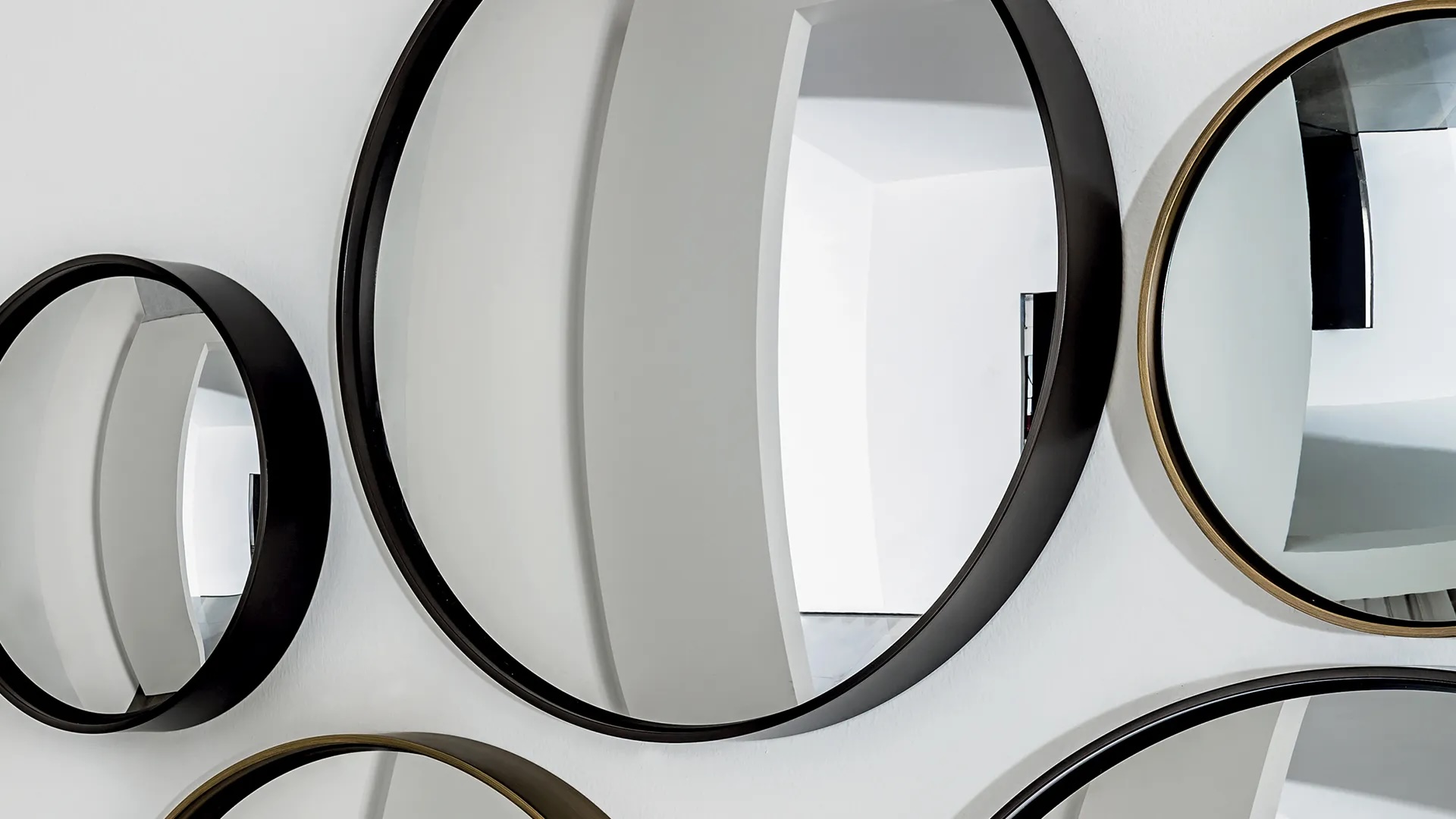


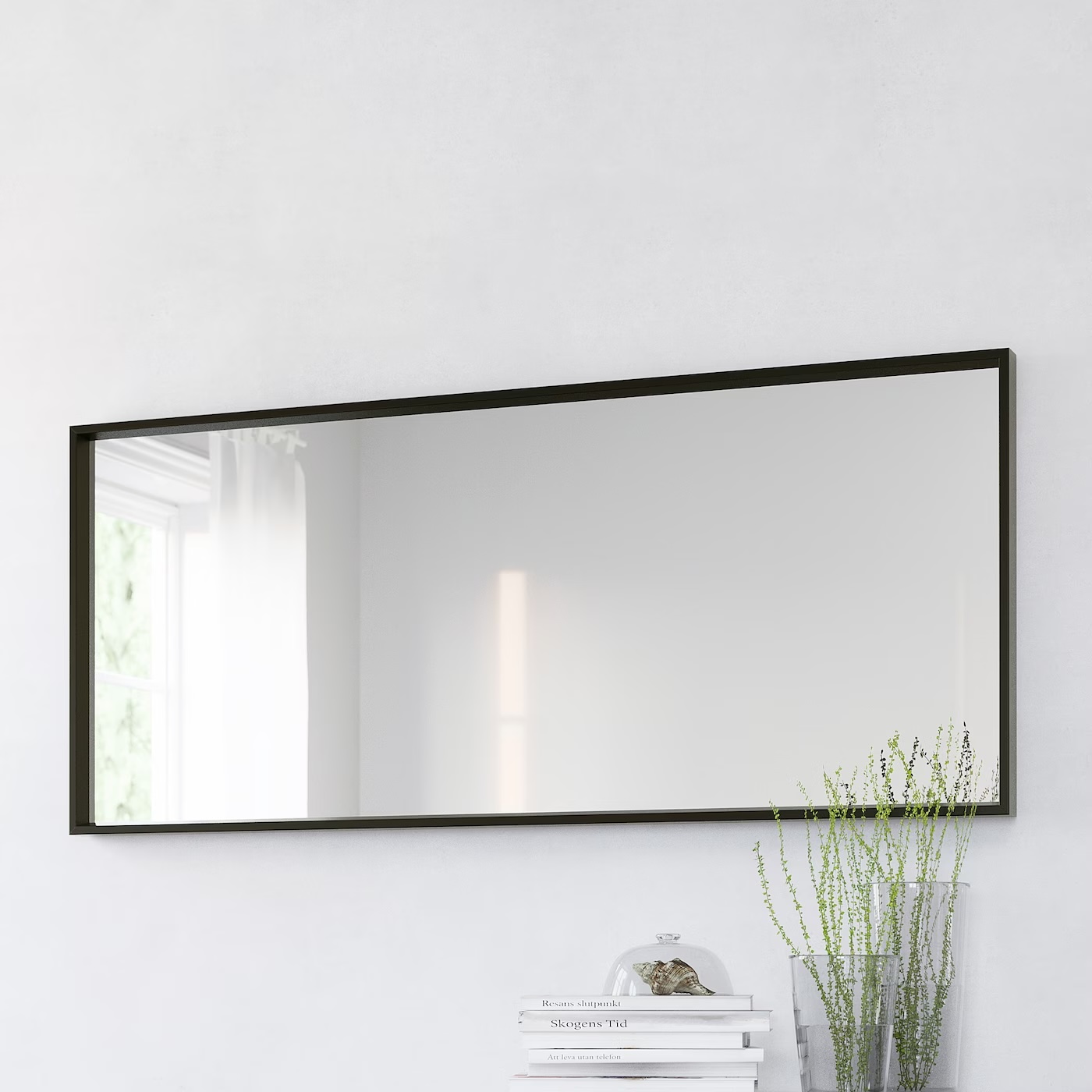
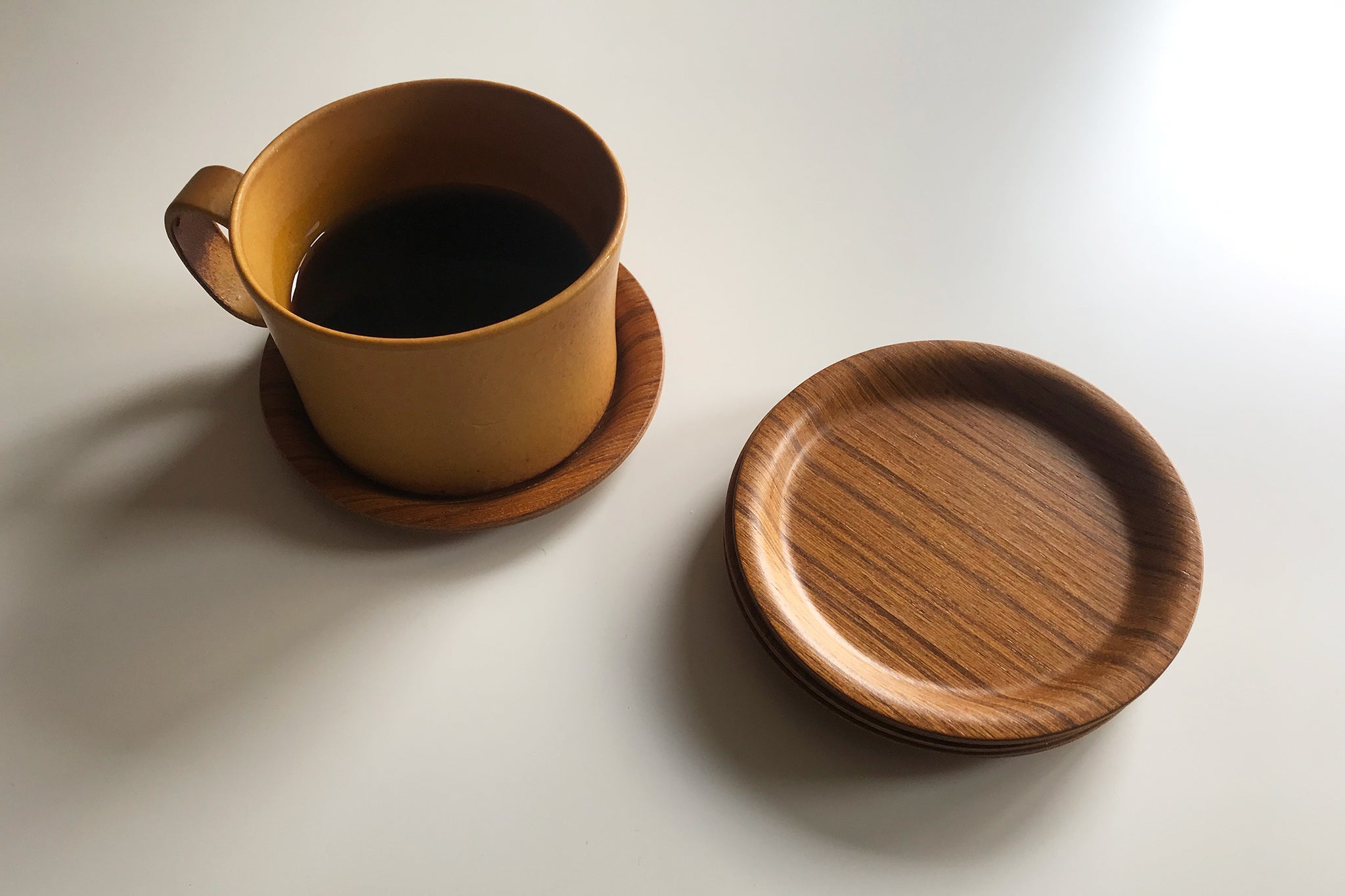




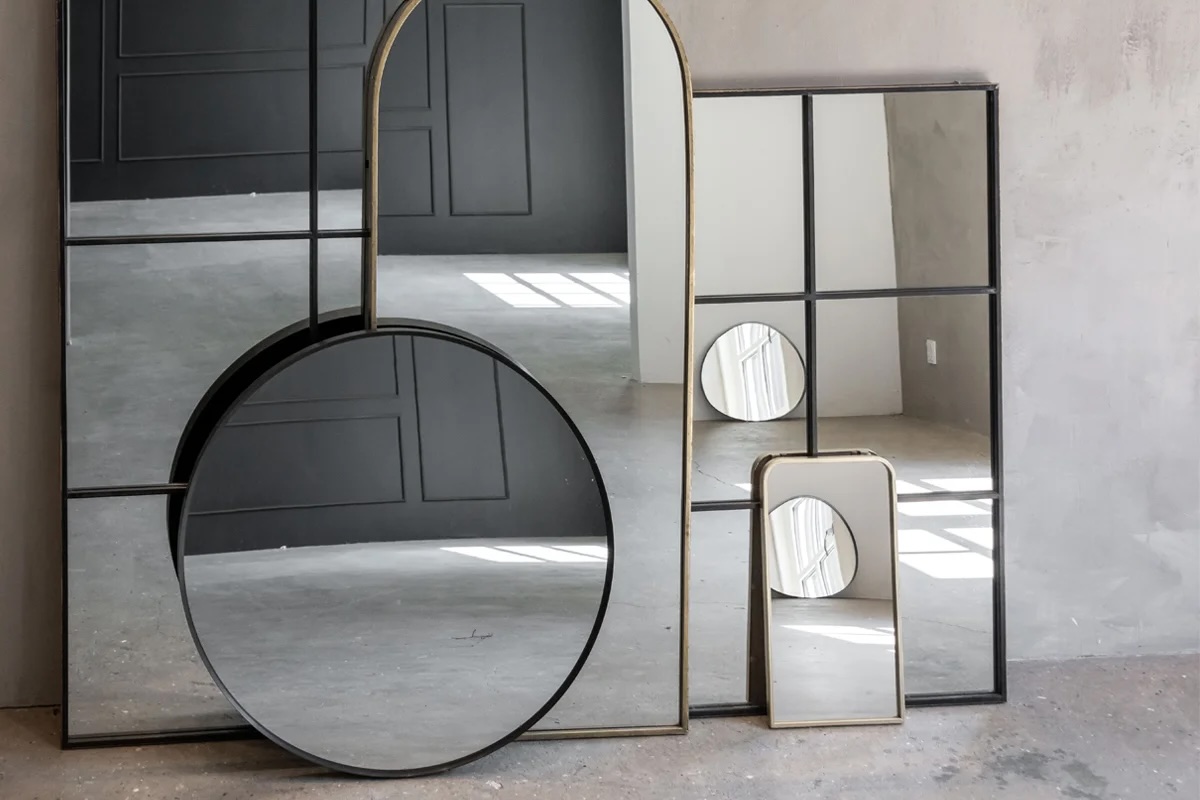
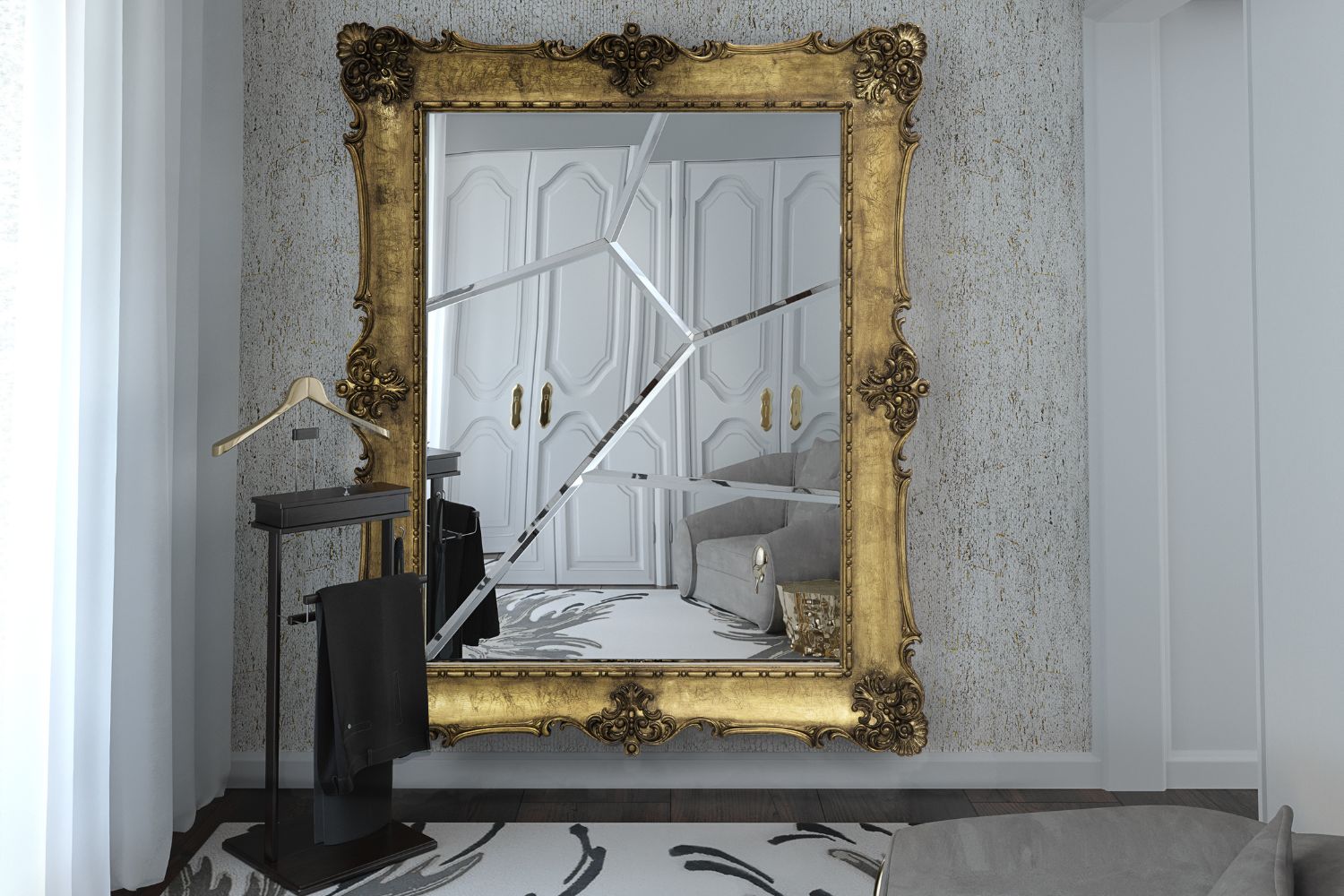
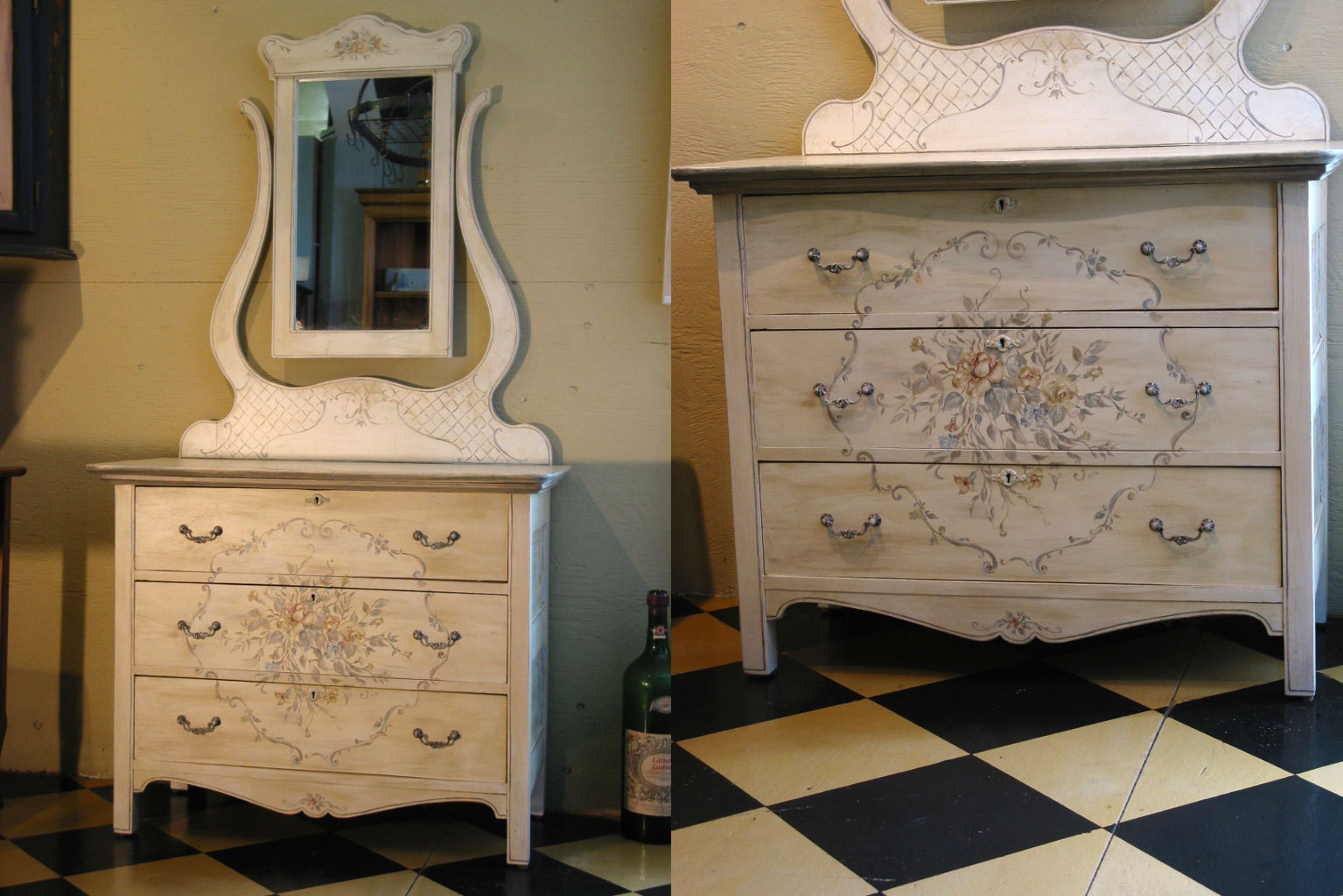


0 thoughts on “How Do Infinity Mirrors Work”